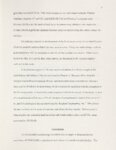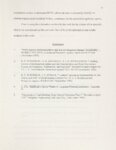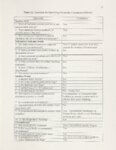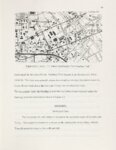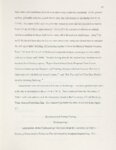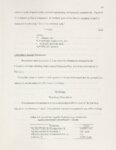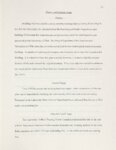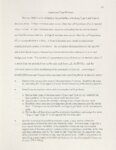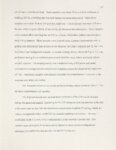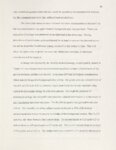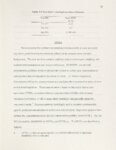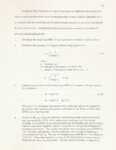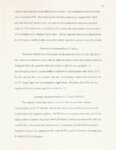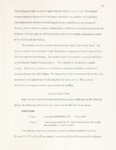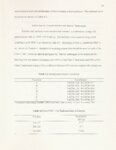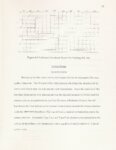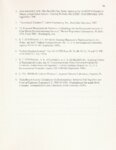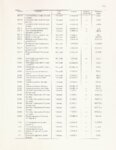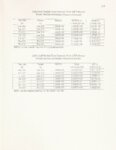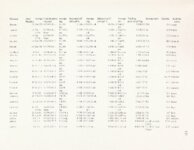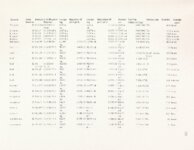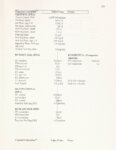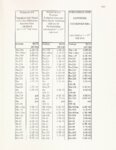| Description |
Decommissioning of a United States Army building at the University of Utah, revealed soil contamination from a failed wastewater drainpipe suspended under the building. The building had been used as a radioactive waste management facility from 1961 to 1995. Preliminary investigation found the drainpipe had cracked resulting in radioactive materials in the wastewater discharge pipe and seeping into the soil. Soil samples taken near the cracked pipe and counted with a germanium gamma spectrometer indicated the presence of Am-241 , Cs-137 and Ra-226. Other radionuclides including C- 14, H-3 and Pu-239 may be present based upon sewer release records. The goal was to evaluate the contaminants present, and develop an appropriate remediation strategy so the site could be released for unrestricted use. The methodology adapted to demonstrate acceptable clean-up was that provided in the Multi-Agency Radiation Survey and Site Investigation Manual (MARSSIM) that provides guidance for demonstrating compliance with dose or risk-based regulation for surface soil contamination. An extensive historical site assessment (HSA) was performed. Total inventories of the isotopes processed in the building were developed from the available disposal records. The HSA was used to determine the derived concentration guideline levels (DCGLs) that are based on the spatial distribution of the contaminant and hence are derived differently for the nonparametric statistical test (DCGLw) and the Elevated Measurement Comparison (DCGLEMC)' The DCGLs are derived from activity/dose relationships through various exposure pathway scenarios. The minimum detectable concentrations (MDC) were calculated for instruments used to take direct measurements of the contaminated soil and surrounding area. The total number of soil samples needed to prove compliance was also calculated. The remediation efforts, analysis, survey, cleanup requirements, and methodology used to determine the DCGLs based on 25 mremlyr above background for inhalation, ingestion, and other exposure pathways established by the Utah Division of Radiation Control. Experimental measurements of dose versus activity were compared with RESRAD computer code and Federal Guidance Reports 11 and 12. |





















